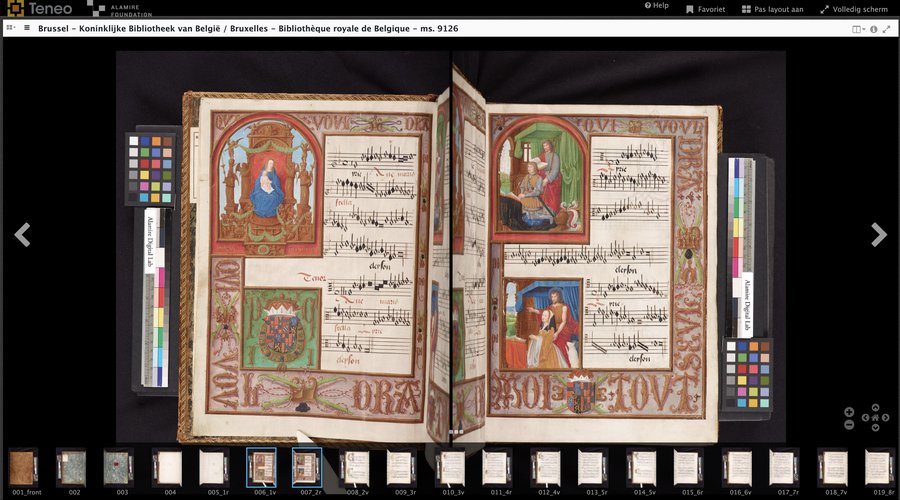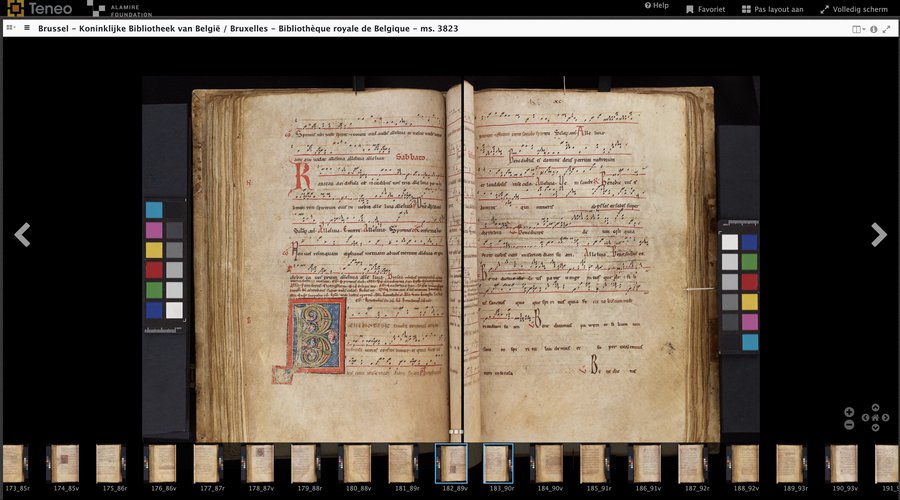IDEM

The Integrated Database for Early Music (IDEM) aims to create a multifaceted database for researching, studying and performing medieval and Renaissance music in the Low Countries.
IDEM is a unique instrument for the preservation, study, and valorisation of the Low Countries’ cultural heritage, including both sources presently kept in the Low Countries, and sources held abroad but directly related to the region.
The database integrates digital images or primary musical sources (original manuscripts and prints) with the most important tools for studying the sources’ immediate context. IDEM will be an indispensable tool for researching and understanding medieval and Renaissance music. The database offers much wider access to the sources than is currently the case. Presently, much important musical patrimony is only selectively available, even to most academic musicologists. Furthermore, given that much material is still held in smaller archives and ecclesiastical institutions rather than large research libraries, even when material is in principle available, it may still be difficult to obtain in practice. IDEM makes this material freely available to anyone with an interest in seeing it. Moreover, the extremely high-resolution, colour images that the database holds are of a quality far higher than typically offered by the reproduction services of libraries, archives, and other institutions that hold original sources.

In addition, the databases offer not only images of the sources themselves but also state-of-the-art information on a varied range of aspects related to the sources and their contents. These include physical aspects of the source (such as binding, structure, materials used, all of which are vital in determining a source’s provenance), illuminations and other artistic elements, texts, recordings, editions of the pieces, and guides to performing directly from the original notation.
The database covers both polyphonic music and Gregorian chant. This is vital to promoting better understanding of medieval and Renaissance music given that, on the one hand, chant was the basic musical repertory of the time, and on the other, it is customarily ignored by researchers of polyphonic music. IDEM thus stimulates a more holistic, and ultimately more accurate, view by bringing the two into relation with one another. The database contributes not only to innovative research, but also to the long-term conservation of precious sources. The material is often fragile, and conservation circumstances are often not optimal. The digital conservation of musical sources is thus a necessary step in the preservation of the Low Countries’ musical patrimony.
IDEM contributes not only to excellent and innovative research, but also to the long-term safekeeping and conservation of precious sources. By offering primary sources and secondary material under a single umbrella, the database facilitates the research not only of musicologists, but also of literary and art historians, as well as performers and practice-based researchers. The database thus counters increasing specialisation by providing an essential interdisciplinary research tool. By gathering together different sorts of information that are usually studied in isolation, the database promotes a novel synthetic and broadly interdisciplinary understanding of medieval and Renaissance music and musical culture.

